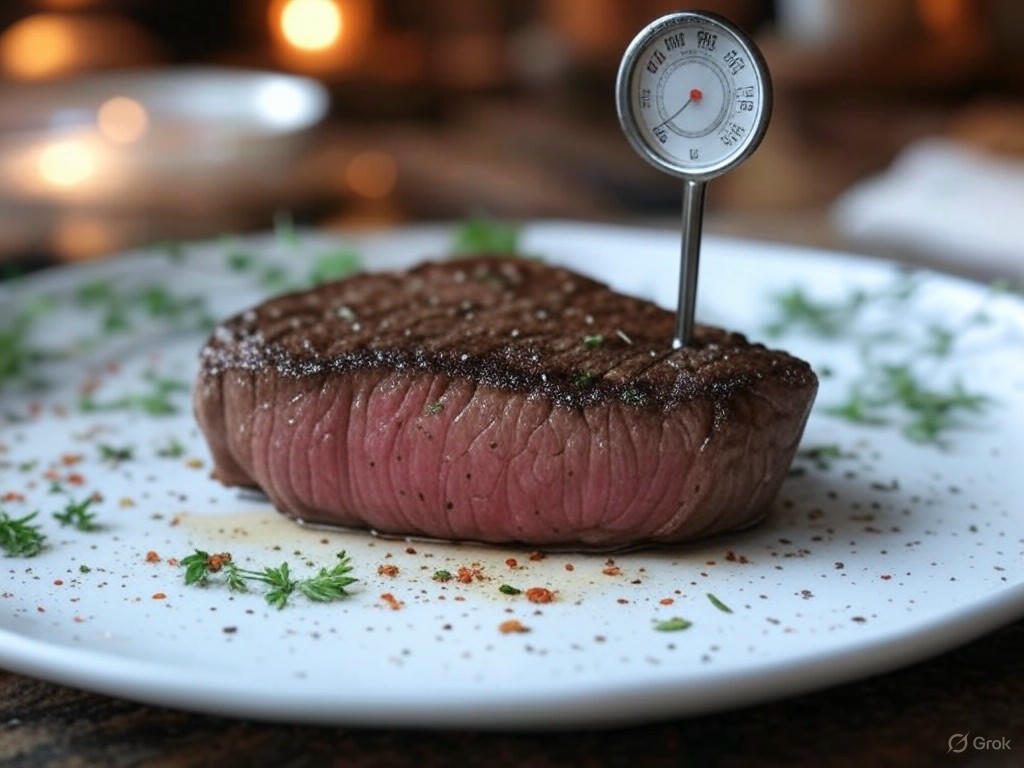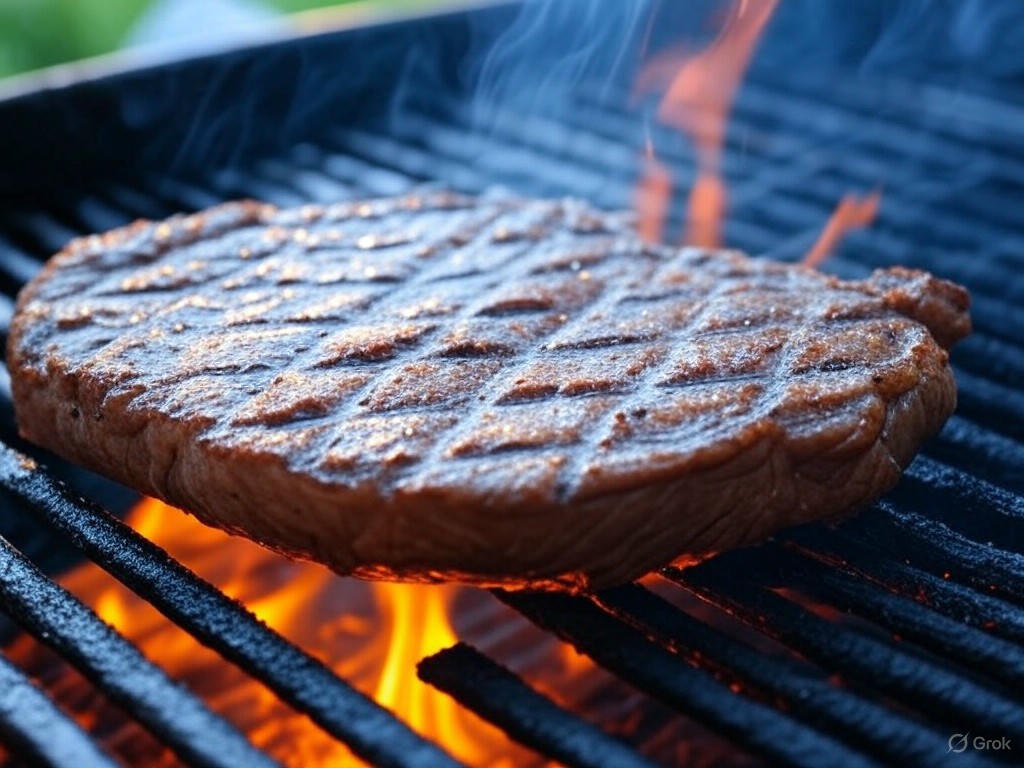Cooking a steak to perfection is an art that many aspire to master, but it's also grounded in science. Understanding the principles behind cooking steak can elevate your culinary skills and ensure that every bite is as delicious as it can be. This article delves into the science of cooking steak, covering key aspects such as temperature, resting, searing, marbling, doneness, grilling, pan-frying, and the meat itself.
The Role of Temperature in Cooking Steak
Temperature is a critical factor in cooking steak. The internal temperature of the steak determines its doneness, which can range from rare to well-done. For a perfectly cooked steak, it's essential to use a meat thermometer to monitor the internal temperature. Here are the recommended internal temperatures for different levels of doneness:
- Rare: 125°F (52°C)
- Medium Rare: 135°F (57°C)
- Medium: 145°F (63°C)
- Medium Well: 150°F (66°C)
- Well Done: 160°F (71°C)

The Importance of Resting
After cooking, it's crucial to let the steak rest. Resting allows the juices to redistribute throughout the meat, ensuring that each slice is moist and flavorful. Resting for about 5 to 10 minutes is typically recommended, depending on the size of the steak.
Searing for Flavor and Texture
Searing is another key step in cooking steak. It involves cooking the steak at a high temperature to create a flavorful crust on the surface. The Maillard reaction, a chemical reaction between amino acids and reducing sugars, occurs during searing and is responsible for the rich, complex flavors and the appealing brown color of the steak.
Marbling and Meat Quality
Marbling refers to the intramuscular fat within the steak. High-quality steaks, such as those from Wagyu or Angus cattle, have more marbling, which melts during cooking and adds flavor and tenderness to the meat. The grade of the meat, such as USDA Prime or Choice, can also impact the quality and taste of the steak.
Achieving the Desired Doneness
Achieving the desired level of doneness is crucial for a satisfying steak experience. Whether you prefer your steak rare, medium-rare, or well-done, understanding how to control the cooking process is essential. Factors such as the thickness of the steak, the cooking method, and the starting temperature of the meat all play a role in determining the final doneness.
Grilling vs. Pan-Frying
Both grilling and pan-frying are popular methods for cooking steak, each with its own advantages. Grilling imparts a smoky flavor and can create attractive grill marks, while pan-frying allows for precise control over the cooking process and can result in a more evenly cooked steak. The choice between these methods often comes down to personal preference and the equipment available.

Conclusion
Cooking the perfect steak is a blend of art and science. By understanding the role of temperature, the importance of resting, the benefits of searing, the impact of marbling, and the nuances of different cooking methods, you can master the art of steak cooking. Whether you're grilling outdoors or pan-frying in the kitchen, these scientific principles will guide you to a delicious and perfectly cooked steak every time.